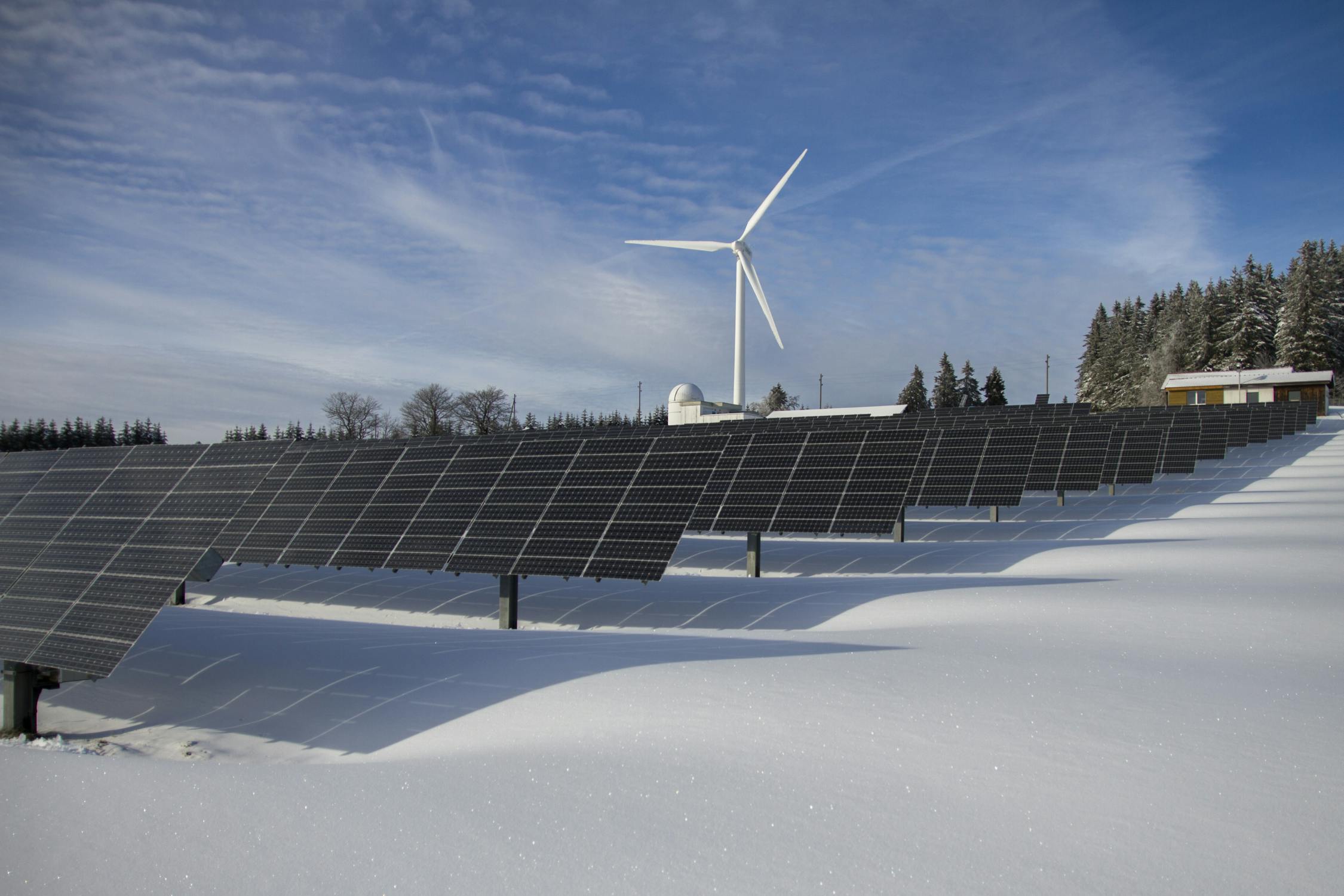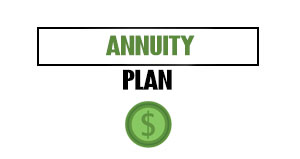Retirement planning involves numerous facets, from investment strategies to healthcare costs, but one often underestimated area is energy consumption. As you approach retirement, making informed choices about energy usage and costs can significantly impact your budget and overall financial health. Reducing your energy expenses can free up funds to bolster your retirement savings and enhance your financial security.
Retirement planners need to understand the practical steps to calculate potential energy savings, integrate them into their retirement budget, and make energy choices that align with their financial and environmental objectives.
Discover how fixed-rate energy plans and renewable energy options can be powerful tools in your retirement planning toolkit, ensuring a comfortable and financially sound future.
Table of Contents
ToggleUnderstanding the Impact of Energy Costs on Retirement Budgets
Housing is often the most significant expense for individuals over 65, with median costs reaching $21,445 annually and utilities such as electricity and natural gas adding another $4,307 annually to these expenses.
These figures underscore the substantial portion of a retiree’s budget consumed by housing and related utilities. Managing these costs effectively is crucial for a comfortable retirement. Implementing energy-saving measures can reduce these utility bills, freeing up vital funds that can be wisely redirected toward retirement savings or other essential needs.
Therefore, understanding and actively managing energy costs is not just about environmental responsibility; it’s a vital component of sound retirement financial planning. By lowering energy consumption, retirees can enhance their financial flexibility and security during their golden years. This approach allows for better control over monthly expenditures, contributing to a more predictable and stable retirement budget.
Calculating Potential Energy Savings for Retirement
To effectively plan your retirement budget with energy savings, it’s essential to understand where and how you can reduce your energy consumption. Start by reviewing your past energy bills to identify trends in your usage and spending; this historical data provides a baseline for measuring future savings.
Consider conducting a thorough energy infrastructure audit of your home to pinpoint areas of inefficiency, such as poorly insulated windows or outdated appliances; many utility companies offer these audits, sometimes at no cost. Changes like switching to eco-friendly LED lighting, using energy-efficient appliances, and adjusting your thermostat settings can lead to noticeable and sustainable reductions in energy bills.
Quantifying these potential savings will help you set realistic financial goals for your retirement budget and understand the tangible benefits of energy-conscious choices. By carefully assessing your energy usage and identifying specific areas for budget cuts and improvement, you can develop a targeted approach to maximize savings that directly benefit your retirement finances.
Integrating Energy Savings into Your Retirement Budget
Once you have a precise estimate of your potential energy savings, the next step is to integrate these savings into your overall retirement budget. A widely recognized guideline for retirement budgeting is the 80 percent rule, which suggests retirees may need approximately 80 percent of their current pre-retirement income to maintain their current living standards.
By reducing your energy expenses, you effectively lower the amount needed to reach this target, making your retirement goals more attainable. Allocate the money saved on energy bills directly to your retirement savings accounts or investment portfolios to hasten the growth of your retirement fund.
Consider using these savings to increase contributions to 401(k)s or IRAs or to explore other investment opportunities that align closely with your long-term financial objectives. These savings can buffer your retirement budget, offering greater flexibility to handle unexpected expenses or enhance your retirement lifestyle.
Channeling energy savings effectively into your retirement plan can create a positive cycle of financial improvement, reinforcing the benefits of energy efficiency in securing your future.
Using Fixed-Rate Energy Plans for Predictable Retirement Expenses
Predictability is key in retirement budgeting, and fixed-rate energy plans can be a valuable tool in achieving this stability. Energy Texas offers a variety of fixed-rate plans designed to provide homeowners with consistent and predictable energy costs. These plans, such as the “Come & Take It 12,” “Bigger Than Texas 24,” and “Inflation Fix 36,” lock in your electricity rate for 12, 24, or 36 months, respectively, shielding you from potential price volatility in the energy market.
The fixed-rate contracts provided by Texas energy plans protect customers from price spikes caused by unexpected market conditions, such as extreme weather events or supply shortages. This rate stability is particularly beneficial for retirees on a fixed income, allowing for more accurate budgeting and financial forecasting.
Knowing your energy costs will remain constant for an extended period eliminates the stress of fluctuating bills and enables you to allocate your retirement funds more effectively. By choosing a fixed-rate plan, you can gain better control over your energy expenses and enhance the reliability of your retirement budget.
Exploring Renewable Energy Options to Reduce Long-Term Costs
Renewable energy options, in addition to fixed-rate plans, can offer retirees environmental benefits and long-term cost savings. Solar energy, in particular, is becoming increasingly accessible and affordable for homeowners.
Although the initial monetary investment in solar panel installation can be substantial, government incentives, tax credits, and the long-term reduction in electricity bills can make it a financially sound decision for retirees.
Moreover, generating renewable energy reduces your reliance on traditional energy grids, stabilizing your energy costs and protecting you from future price increases. Transitioning to renewable energy contributes to a sustainable environment and secures a more predictable and potentially lower energy expenditure in your retirement years.
Phase-Based Budgeting and Energy Management in Retirement
Retirement is not a monolithic phase of life; it often consists of distinct periods with varying income and expense patterns. The four phases of retirement include pre-retirement, early retirement (the honeymoon phase), mid-retirement (the go-go years), and late retirement (a slower pace).
Each of these phases may have different energy consumption needs and priorities. For instance, early retirement might involve more travel and less time at home, potentially reducing energy usage, while mid-retirement could see increased home-based activities, requiring consistent energy management.
Phase-based budgeting acknowledges these shifts and allows you to adjust your energy-saving strategies accordingly. For example, you might focus on more extensive energy-efficiency upgrades in the initial phases to maximize long-term savings. In contrast, maintaining efficient energy habits and utilizing fixed-rate plans becomes more critical for budget stability in later stages.
Adapting your energy management approach to align with the evolving phases of retirement ensures that you consistently optimize your savings and maintain financial control throughout your retirement journey.
This flexible approach to budgeting and energy management is essential for navigating the varied financial landscapes of retirement.
Making Informed Energy Choices for a Secure Retirement
Managing utility bills during retirement doesn’t have to be stressful. By implementing effective energy management strategies, retirees can maintain a comfortable home environment while controlling costs.
Making informed energy choices is a cornerstone of securing a financially stable retirement. This includes regularly monitoring your energy consumption, staying informed about energy-efficient technologies, and taking advantage of resources like home energy audits and rebates.
Choosing energy providers that offer stable, predictable plans, such as those provided by fixed-rate options, is also crucial. Furthermore, consider the far-reaching and long-term benefits of investing in energy-efficient home improvements, such as better insulation, windows, and smart thermostats, to reduce your energy footprint and consistently lower your bills.
You can significantly enhance your retirement budget by actively engaging in energy management and making well-informed decisions. This will ensure your energy expenses remain predictable, manageable, and aligned with your financial goals. This informed approach empowers retirees to enjoy a comfortable and financially secure retirement lifestyle.

















